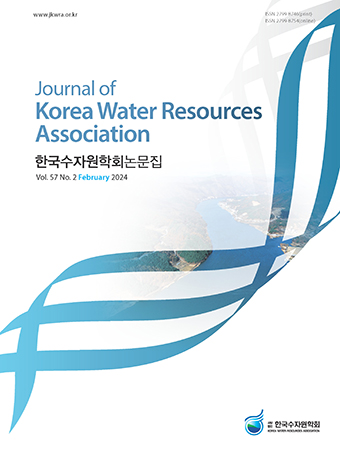Research Article
Abstract
References
Information
Park, J.H., Go, J.H., Jo, Y.J., Jung, K.H., Sung, M.H., Jung, H.M., Park, H.K., Yoo, S.H., and Yoon, K.S. (2018). "Water supply alternatives for drought by weather scenarios considering resilience : Focusing on Naju reservoir." Journal of the Korean Society of Argricultural Engineers, Vol. 60, No. 5, pp. 115-124.
- Publisher :KOREA WATER RESOURECES ASSOCIATION
- Publisher(Ko) :한국수자원학회
- Journal Title :Journal of Korea Water Resources Association
- Journal Title(Ko) :한국수자원학회 논문집
- Volume : 54
- No :4
- Pages :279-287
- Received Date : 2021-02-19
- Revised Date : 2021-03-22
- Accepted Date : 2021-03-22
- DOI :https://doi.org/10.3741/JKWRA.2021.54.4.279




 Journal of Korea Water Resources Association
Journal of Korea Water Resources Association










